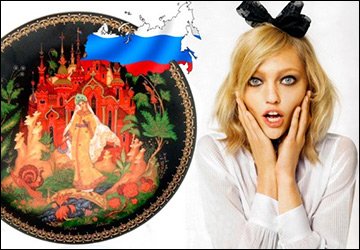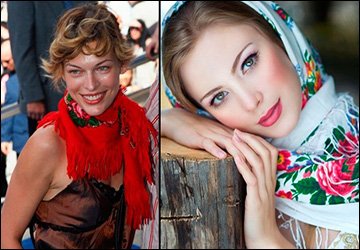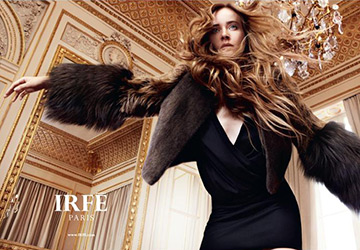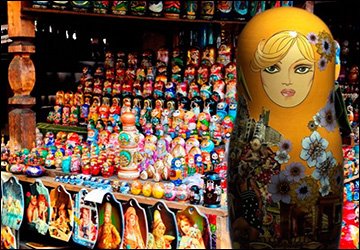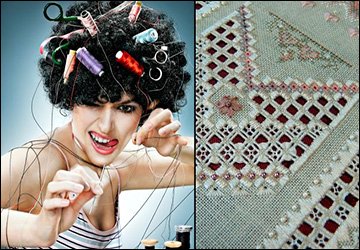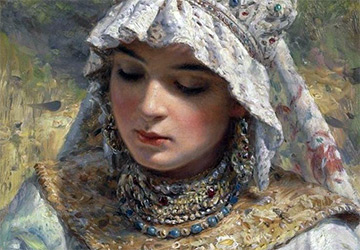Fashion history
History of fashion houses and Russian emigrants
History of fashion houses, Russian emigrants in Europe and fashion business.
In the 20s of the last century, the Russian style took the leading role, along with the famous Parisian fashion houses. This, one might say, unique period was formed under the influence of two world catastrophes - the First World War and the revolution that broke out in Russia. About ten million Russians of all classes left our country after 1917.
Russian emigrants, fleeing the persecution of the Bolsheviks, in order to survive in a foreign land, opened workshops and fashion houses in which they sewed, embroidered tablecloths, napkins, made pillows, umbrellas, dolls and many more other products. The war had just ended, there was a shortage of elegant fabrics. Not all factories have been converted to peaceful production. Therefore, our Russian embroiderers were very successful. Embroidery is one of the features of the national art, girls of all classes were taught this craft from an early age. In 1921, the Kitmir embroidery house appeared in Paris, founded by Nicholas II's cousin, Grand Duchess Maria Pavlovna Romanova, who, finding herself in exile, was first forced to knit sweaters and dresses for a London ready-to-wear store.
Some emigrants managed to create their own fashion houses - ateliers. For example, the Khitrovo House of Linen, founded by Olga Aleksandrovna Khitrovo, a native of an old noble family; House of linen "Adlerberg", Countess Lyubov Vladimirovna Adlerberg. The lingerie was mostly handmade.
Many aristocrats were forced to work in fashion houses. Some of them worked as craftswomen, and some of them models... The work of the latter was not considered worthy of respect. Representatives of the Russian aristocracy raised this profession to the top of perfection, thanks to its merits: innate taste, art education, knowledge of the secrets of high fashion. Every Parisian fashion house had two or three Russian girls... At that time, the profession of a fashion model was a talking one. The girls had to tell clients about the models they showed. Russian women - well-read and educated, familiar with the rules of good manners and fluent in foreign languages, often bearers of a big name, enjoyed great success. They made the profession of fashion model prestigious.
Russian fashion houses were opened: "Paul Kare" - Olga Egerton, nee Princess Lobanova-Rostovskaya; Tao, founded by princesses Maria Sergeevna Trubetskoy, Lyubov Petrovna Obolenskaya and Maria Mitrofanovna Annenkova; "Iteb" - the maid of honor of Empress Maria Feodorovna Betty Buzzard, nee Baroness Goiningen-Güne; Irfe, founded by Princess Irina Yusupova and her husband, Prince Felix Yusupov, and others.
Thanks to them, we can say with confidence that fashion in the first half of the twentieth century was the fashion of the Russian style.
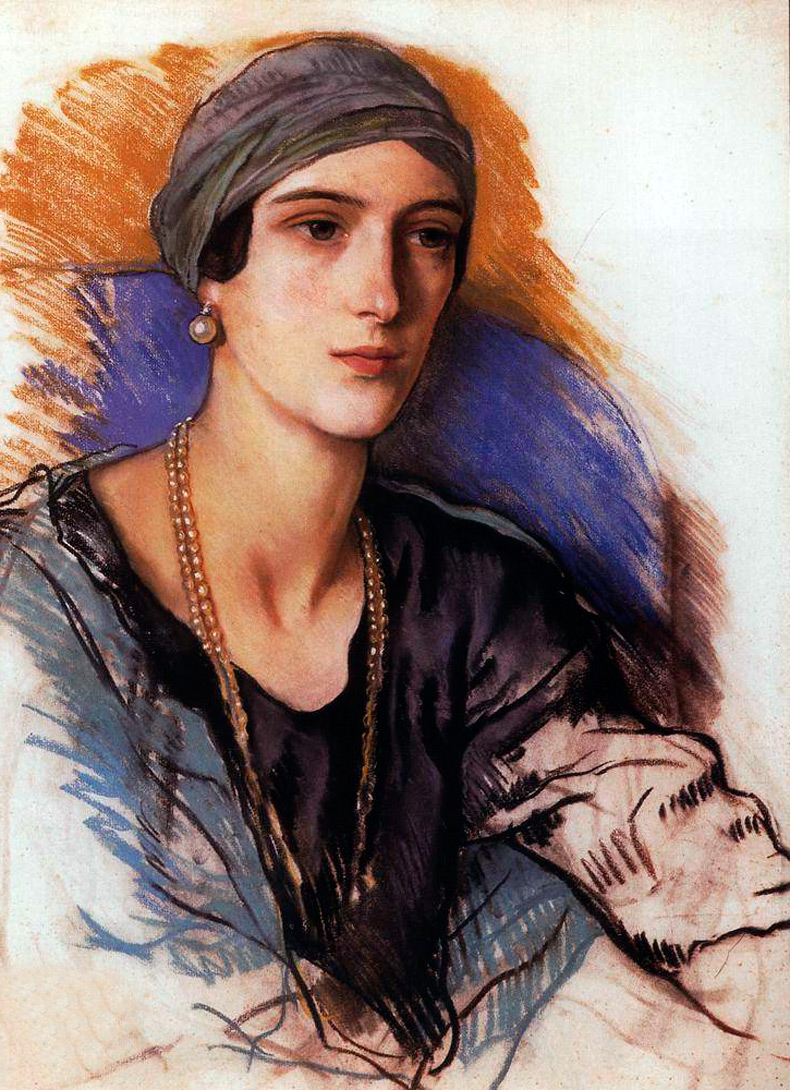
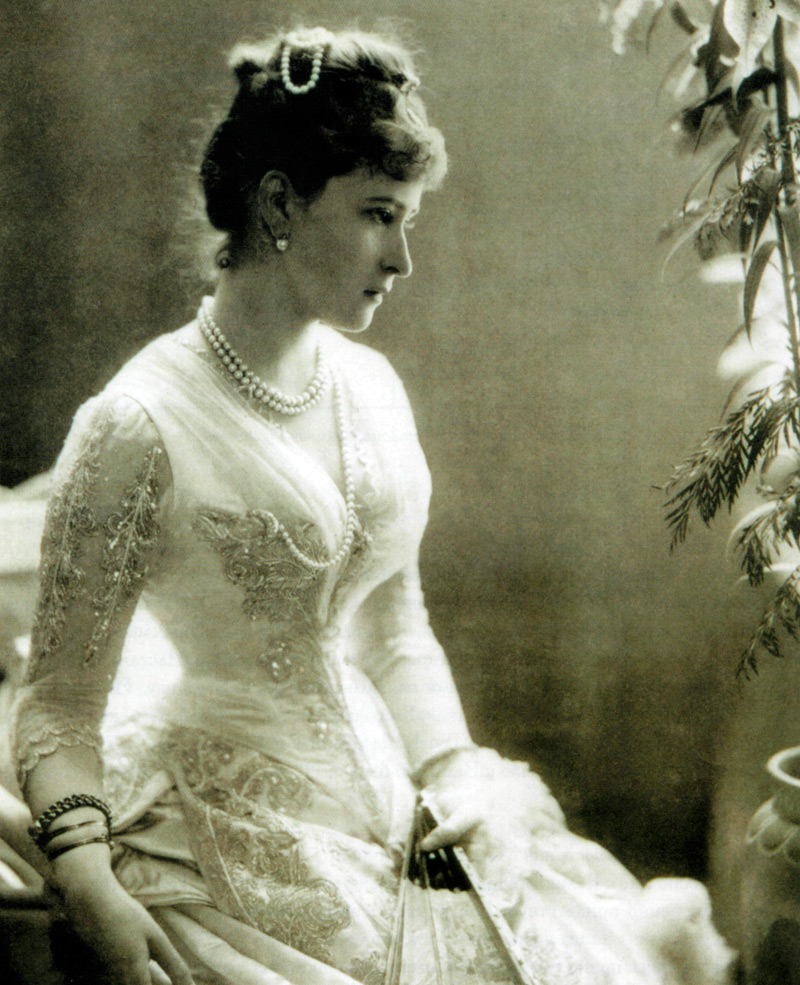
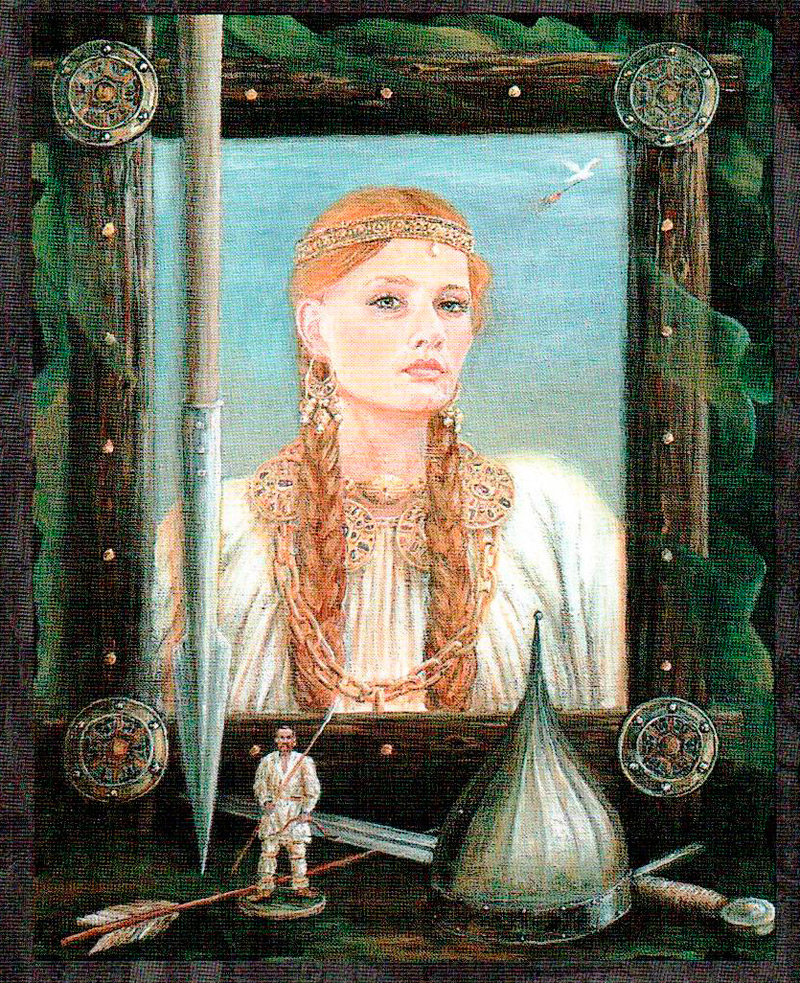
Comments and Reviews
Add a comment
Rating news
Shades of clothing that make women look younger
What shades of hair make women younger: rules and photos
Funny wedding dresses - photos and ideas
12 most expensive down jackets for the winter
How to look 25 at 40: tips from supermodels
Beautiful schoolgirls
Anti-aging haircuts and hairstyles for women
Fashionable skirts for autumn and winter
Fashionable women's trousers for the cold season
Fashionable and stylish sandals for summer 2024
Spring-summer 2024
 Fashionable dresses and tops with thin spaghetti straps
Fashionable dresses and tops with thin spaghetti straps
 Bandana tops: how to wear stylishly and beautifully
Bandana tops: how to wear stylishly and beautifully
 How to put together the perfect men's wardrobe for the summer
How to put together the perfect men's wardrobe for the summer
 Fashionable shorts for spring-summer 2024
Fashionable shorts for spring-summer 2024
 Fashionable skirts for spring-summer 2024: a guide to online shopping
Fashionable skirts for spring-summer 2024: a guide to online shopping
 The most fashionable dresses spring-summer 2024: styles and colors
The most fashionable dresses spring-summer 2024: styles and colors
 Fashionable total look 2024: ideas of images and trends
Fashionable total look 2024: ideas of images and trends
